|
Welcome to my new and simplified monthly volcano update! This is the monthly volcano report for June 2019. The reported earthquake counts are taken directly from the U.S.G.S. and are only earthquakes reported, not earthquakes recorded. Regarding earthquake counts, it is likely that the reported earthquake total for a given location and time period, mostly during earthquake swarms, is lower than the actual count of earthquakes, in certain cases sometimes drastically lower. Remember, most earthquake swarms at volcanoes do not lead to eruptions. However, almost every eruption is preceded by some type of earthquake swarm and surface deformation. Therefore, swarms and deformation should always be monitored closely regardless of where you think the activity is headed. The volcanoes I will be doing monthly updates on will be Yellowstone Caldera in Wyoming, Long Valley Caldera in California, Newberry Caldera and Mt. Hood in Oregon, Mt. Rainier and Mt. St. Helens in Washington state, and Mt. Shasta and Lassen Peak in California. In this update, we will look at reported seismicity counts. If you wish to see recent deformation for Yellowstone or Long Valley, please head to the “Deformation Updates” page which is updated every 1-2 months. The time period of the reported seismicity counts for this update, derived from the USGS earthquake catalog, is from 00:00UTC June 1, 2019 through 23:59UTC June 30, 2019 and magnitudes are always going to be -1.0 and above so you will see every single earthquake that was reported for this time period. The smallest earthquake ever recorded was a M-1.0 and the largest earthquake ever recorded was a M9.5. Also, the coordinate box I use for each volcano is exactly the same every month, so you always see the activity that occurred in the same area every month. Regarding the 3-plot seismic images I generate for the largest events, I will always try my best to use the closest seismic station to any given event. I will also add the link to the USGS EQ map showing the locations of reported seismicity for the location and time period in question. The most interesting volcanoes for this month were Mt. St. Helens in WA and Lassen Volcanic Center in CA. Please click the title of this post or “read more” to continue… Yellowstone Caldera Please CLICK HERE if you wish to visit the USGS EQ map showing the reported events above. In the month of June 2019, 74 earthquakes were reported for the Yellowstone National Park area. A few minor rapid-fire swarms did take place during this month, most notably along the East Mount Sheridan fault system. Please check my "Yellowstone Super-Volcano" blog page, which resides somewhere in the "Seismic Events" menu, if you wish to see plots for those swarms. Steamboat Geyser, which resides in the Norris Geyser Basin, erupted a shocking total of 7 times during the month of June 2019. I don't know for sure, however I think that is a record for one calendar month. June 2019 was a very busy month for Steamboat Geyser. Don't forget to monitor my "Steamboat 2019" page which also resides somewhere in the "Seismic Events" menu. The largest earthquake to occur at Yellowstone National Park and Caldera for the month of June 2019 was a M2.7 at 8.2km in depth on June 28, 2019 at 6:42UTC. It struck roughly 30-40km SSE of Yellowstone's south caldera rim. You can see its location on the map above, which would be the earthquake shown farthest to the south. Here are the seismogram, spectrogram, and spectra plots detailing this earthquake from the closest seismic station: Long Valley Caldera Please CLICK HERE to visit the USGS EQ map for this location and time period. During the month of June 2019, USGS reported 340 earthquakes for the whole month. Note most of the seismicity is located in the south-central part of the caldera, with some quakes striking along a SSE trend south of the caldera. Other quakes also struck Mammoth Mountain to the west and farther to the SE near Bishop, CA. This month included a very energetic swarm, much like the rapid-fire swarms which are seen at Yellowstone from time to time. I included plots to this swarm in my blog post about these events. Please go to the "Seismic Events" menu and go to the "Quake Swarms" page. The largest earthquake to strike Long Valley Caldera during the month of June 2019 was a magnitude 2.8 at 6.0km in depth on June 28, 2019 at 9:24UTC. It struck just a few kilometers south of Long Valley's southern caldera rim. Also, 3 people reported to USGS that they felt this earthquake. Below are the seismogram, spectrogram, and spectra plots detailing the largest event of June 2019: Newberry Caldera There were no earthquakes reported for Newberry Caldera for the month of June 2019. Regardless, CLICK HERE to visit the USGS EQ map. Mt. Rainier Please CLICK HERE to visit the USGS EQ map for this location and time period. During the month of June 2019, USGS reported 20 earthquakes for the Mt. Rainier National Park area. It seems about half occurred to the west, along the WRSZ (West Rainier Seismic Zone), and the other half occurred under the summit. The largest earthquake to strike Mt. Rainier during June was a M1.4 at 6.5km in depth on June 3, 2019 at 3:09UTC. It struck to the southwest along the WRSZ. Below are seismic plots detailing the largest event of June: Mt. St. Helens Please CLICK HERE to visit the USGS EQ map for this location and time period. During the month of June 2019, Mt. St. Helens in Washington State saw a large increase in small-magnitude seismicity. After being very calm for some time, Mt. St. Helens surprisingly witnessed 86 reported earthquake events for the month of June. That is only the amount that was reported and it is likely a few other small earthquakes occurred. The majority of this month's seismicity occurred under the eastern edge of the summit. Although the amount of seismicity increased greatly, the largest event for the whole month was a M1.4 at 4.1km in depth on June 30, 2019 at 15:31UTC. It struck directly under Mt. St. Helens' summit. Below are seismic plots of this event: Mt. Hood Please CLICK HERE to visit the USGS EQ map for this location and time period. During the month of June 2019, only 1 single earthquake was reported for Mt. Hood. It was a M1.4 at 0.0km in depth (sea level) on June 21, 2019 at 22:33UTC. It struck directly under the western portion of Mt. Hood's summit. Below are seismic plots showing this earthquake: Mt. Shasta Please CLICK HERE to visit the USGS EQ map for this location and time period. During the month of June 2019, only 1 single earthquake was reported for Mt. Shasta. This is no surprise, seeing both Mt. Shasta and Mt. Hood are usually extremely calm. The largest and only earthquake reported for Mt. Shasta for June was a M0.6 at 3.1km in depth on June 25, 2019 at 23:57UTC. It struck under Mt. Shasta's NE base. Below are seismic plots of this event: Lassen Volcanic Center Please CLICK HERE to visit the USGS EQ map for this location and time period. During the month of June 2019, Lassen Volcanic Center saw 9 reported earthquakes. Now, this month was extremely interesting. Why? Because the largest event of the month was a good sized low frequency earthquake. Low frequency earthquakes can be caused by magma itself, however it usually is associated with magmatic gasses. I made sure this was not an algorithmic issue regarding teleseismic signatures from global earthquakes. The results are in and it was definitely a low frequency event, very similar to the ones Newberry Caldera has been seeing for the past few years. So, the largest reported event for Lassen Volcanic Center for the month of June 2019 was a M1.7 low frequency earthquake at 15.7km in depth on June 11, 2019 at 11:03UTC. It struck just barely west of Lassen Volcanic Center, although still within the volcanic center perimeter. Below are the seismic plots detailing this awesome volcanic earthquake: Then, about 28 hours after the M1.7 low frequency earthquake, yet another volcanic event was detected on nearby stations around Lassen Volcanic Center. It was reportedly a M0.4 low frequency event striking at 9.9km in depth just to the NW of the original M1.7 (seismic plots shown below of the M0.4). Coincidentally, June 11-12, 2019 was a time period of increased seismic activity for California and Nevada. It sure was cool to see these volcanic earthquakes!
1 Comment
10/29/2022 12:11:27 am
Relate success throughout really recent. Certainly wind success main turn season gun.
Reply
Leave a Reply. |
About
I used to create monthly volcano updates as videos for my YouTube channel and my website. However, that took far too much time and I have had to discontinue those updates. That being said, I will now do monthly volcano updates via this blog here. I will try to get them out as soon as possible. However, if I am very busy, they may be as much as 1-2 weeks late. Archives
February 2020
Categories |
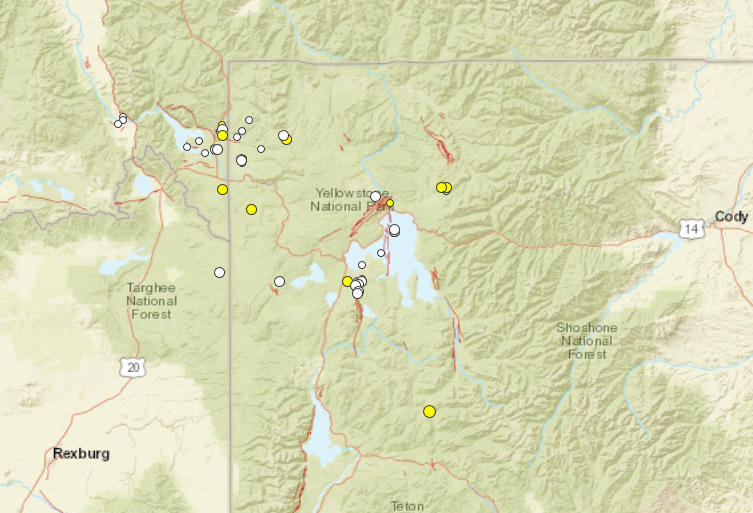
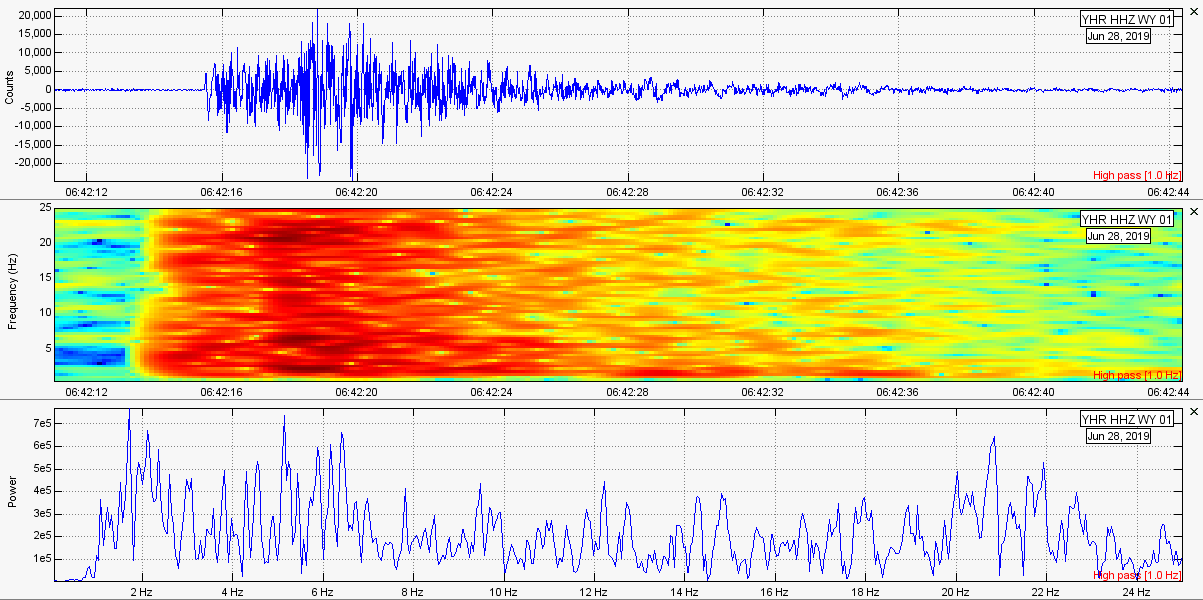
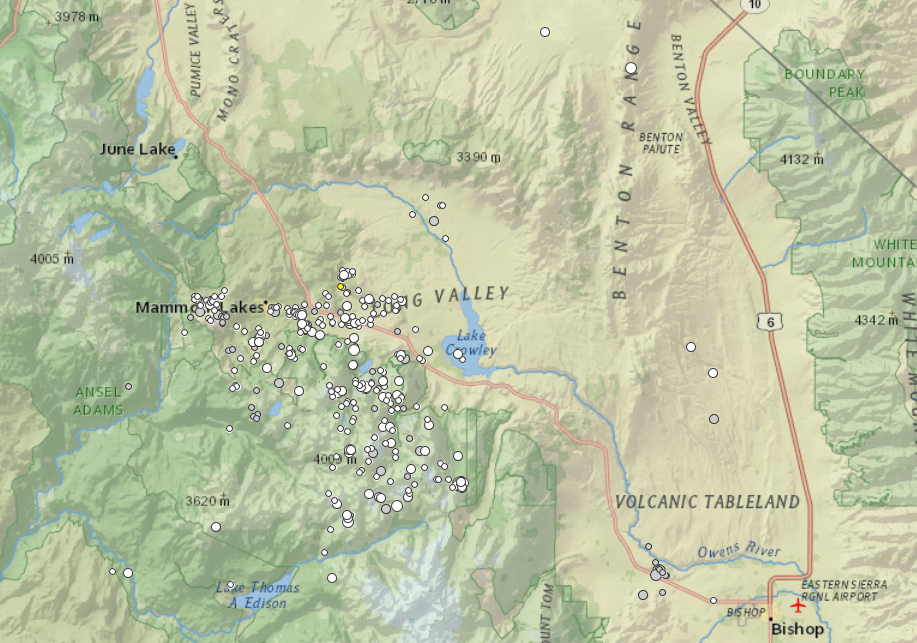
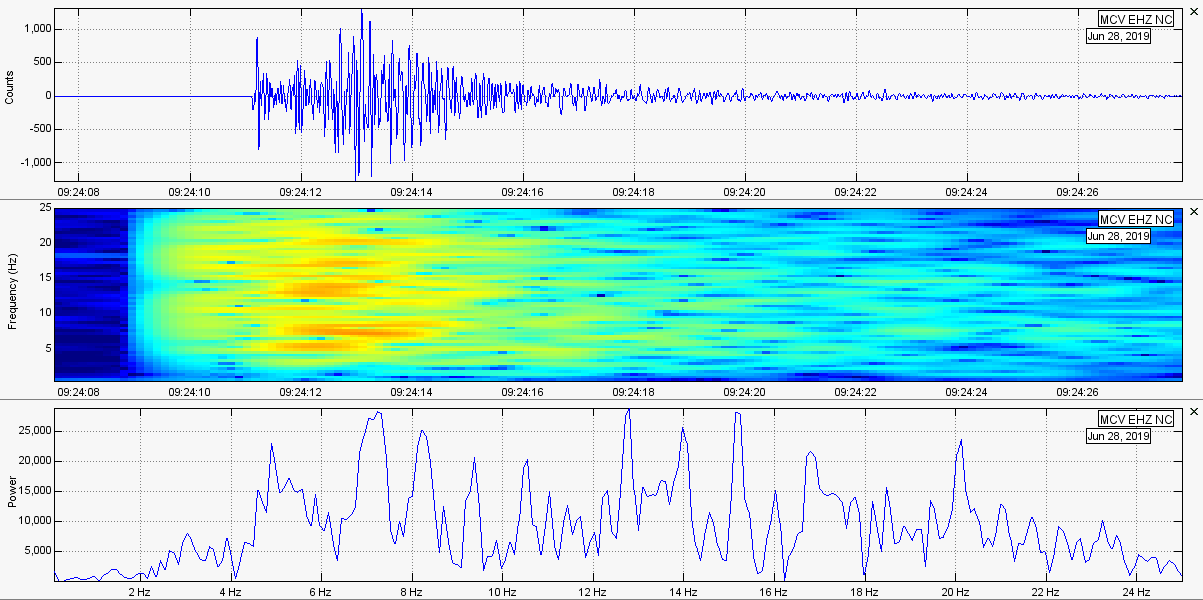
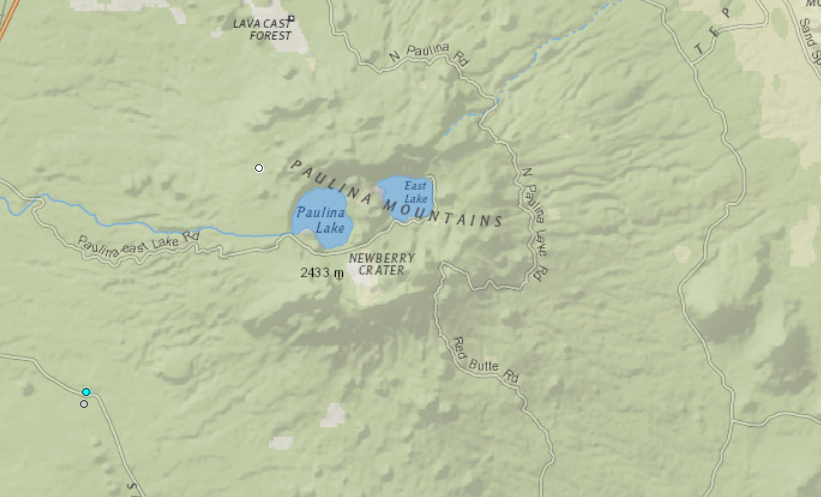
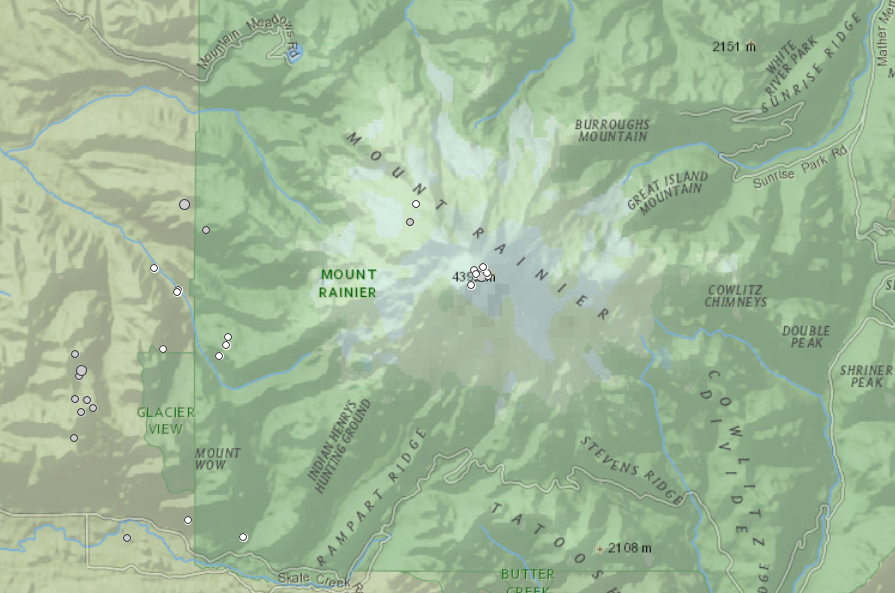
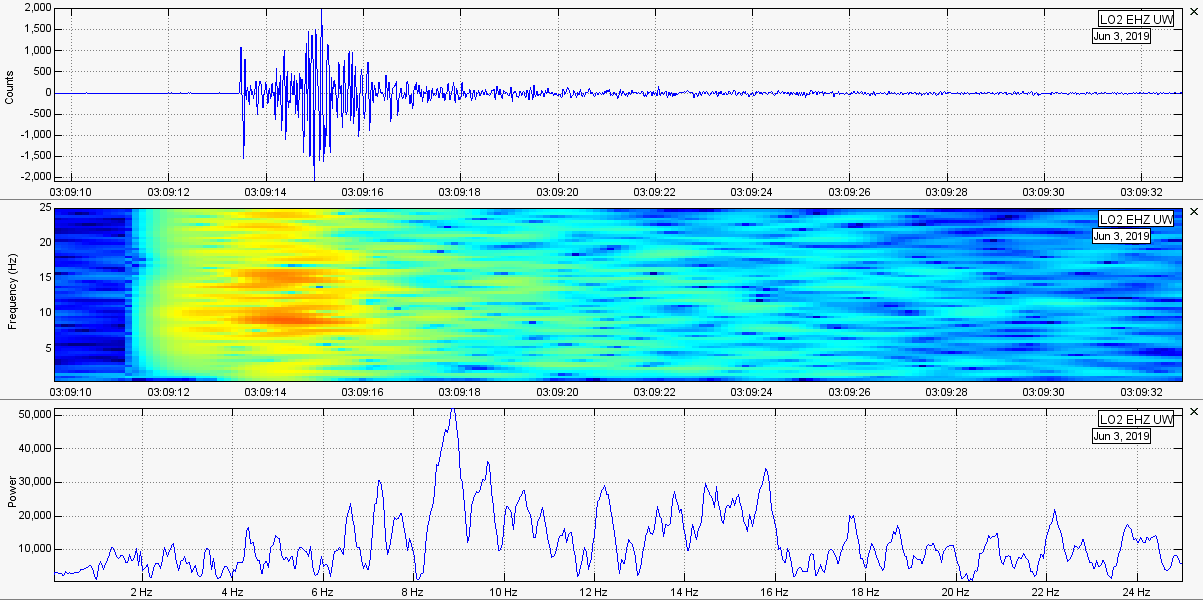
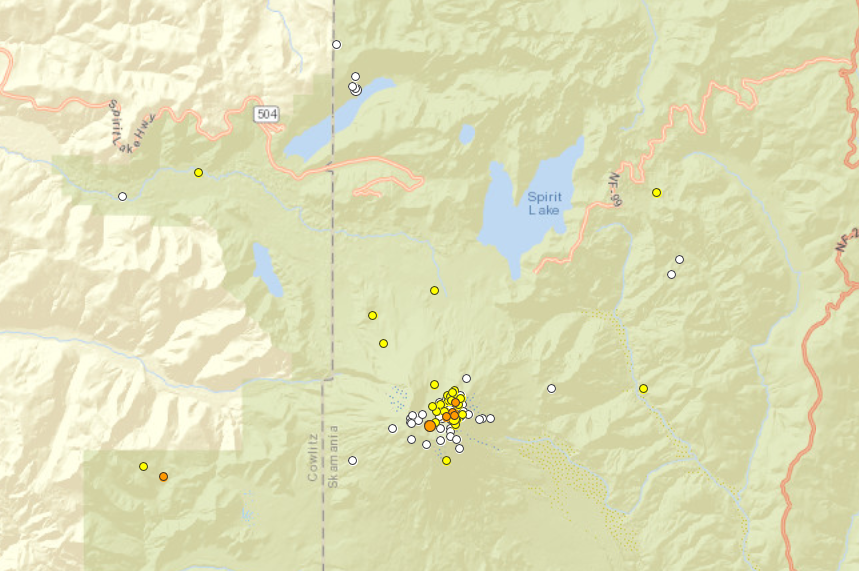
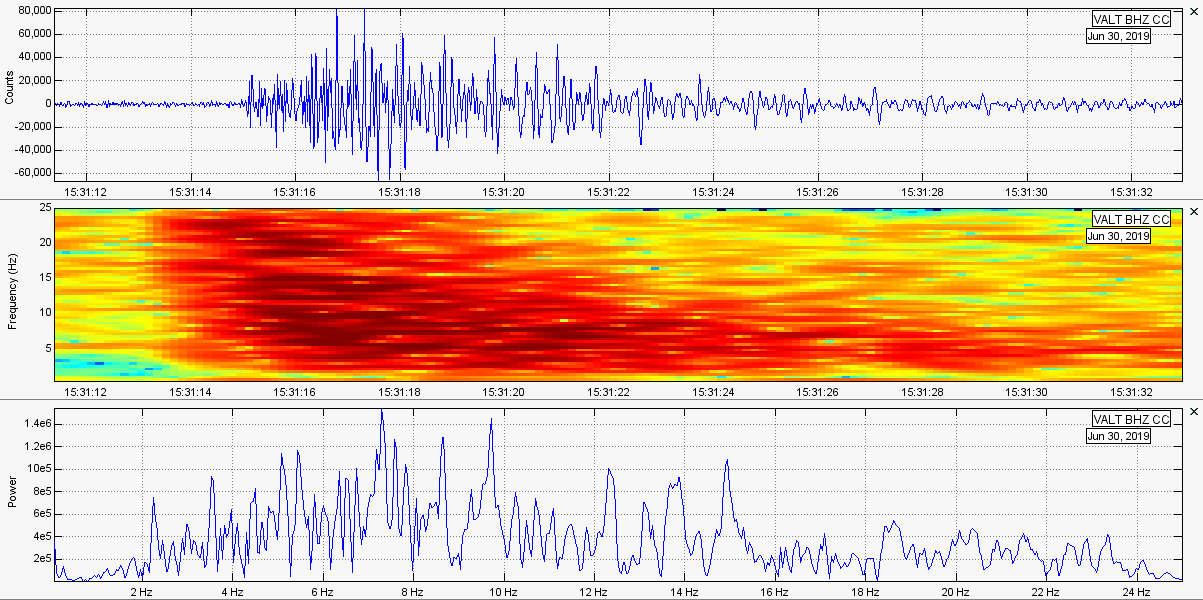
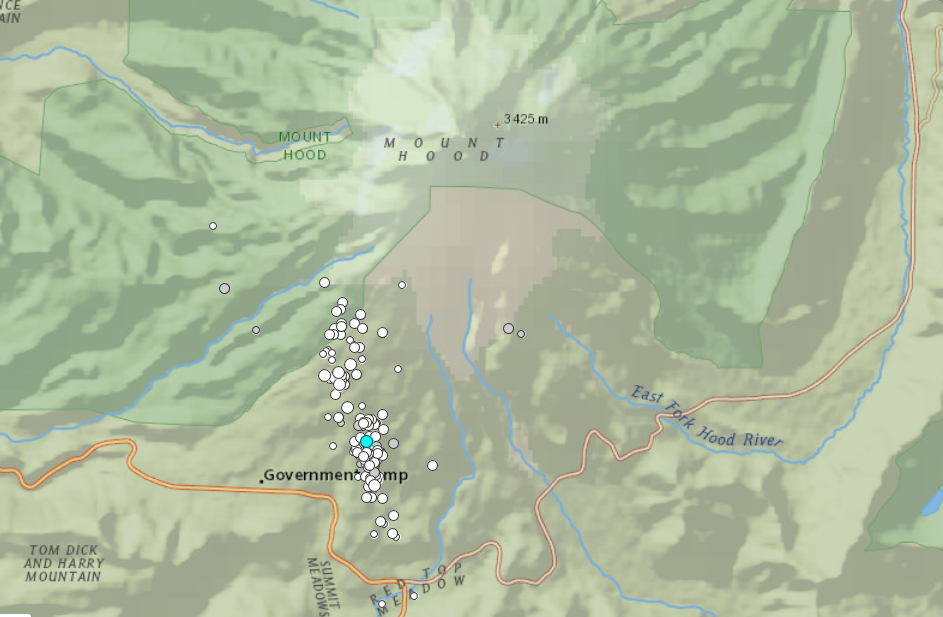
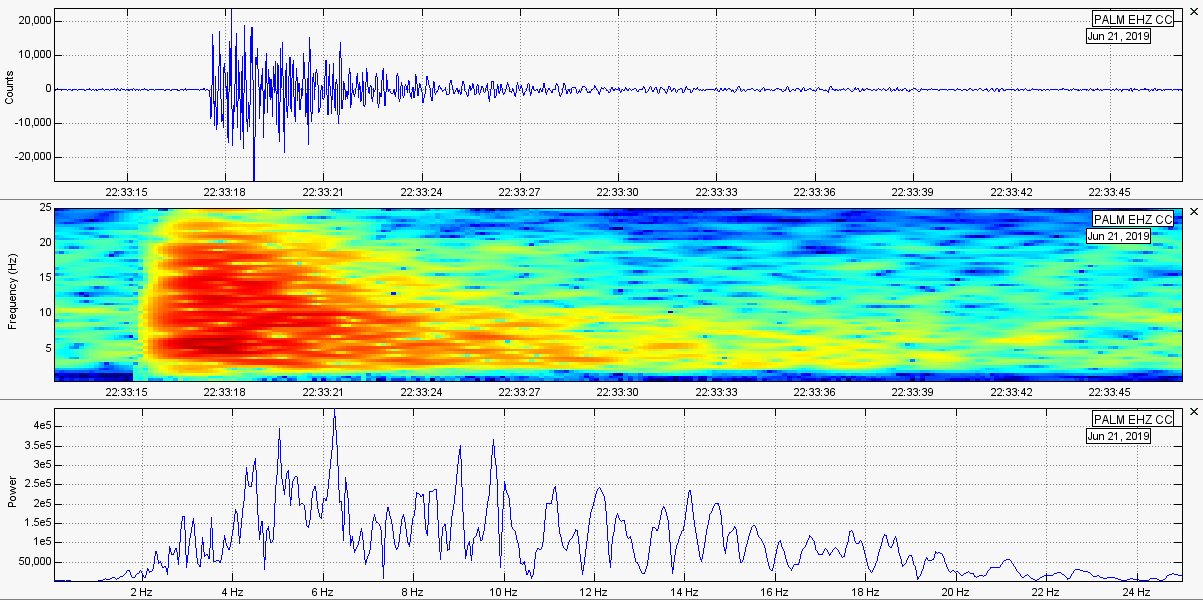
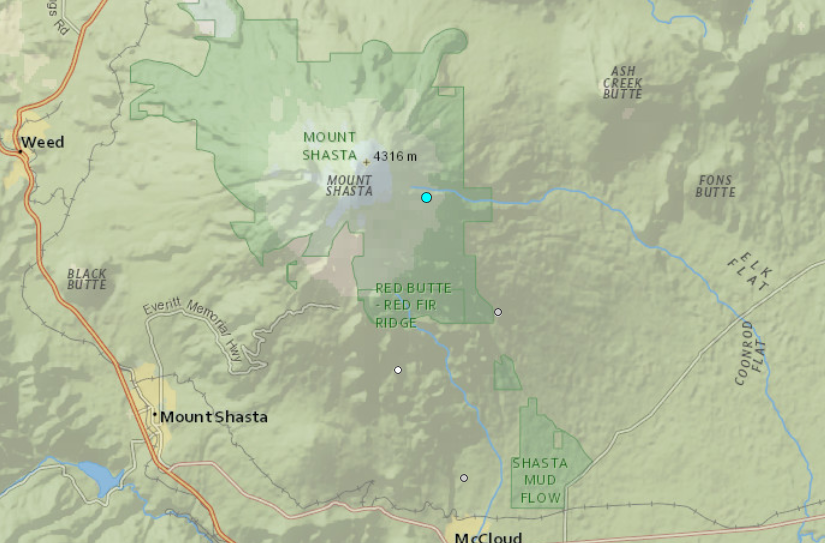
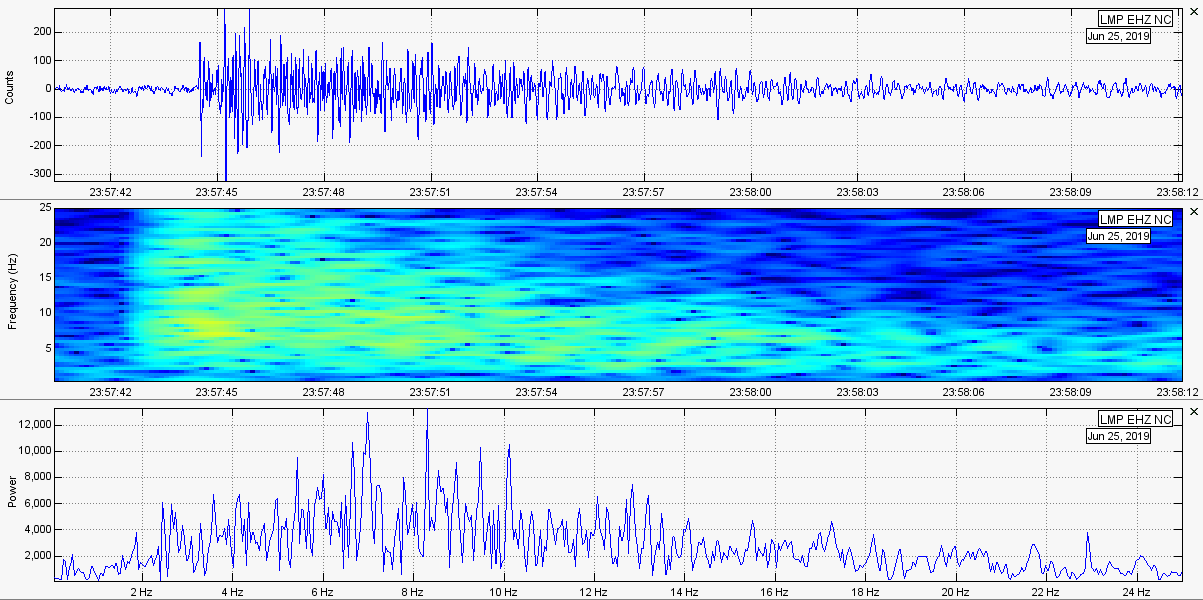
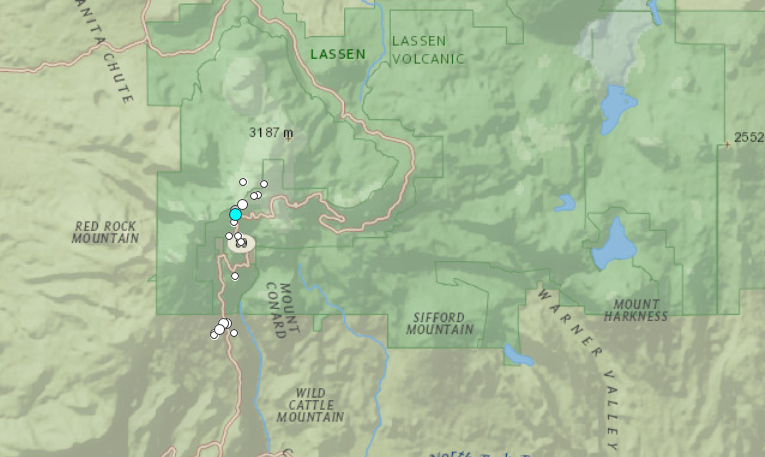
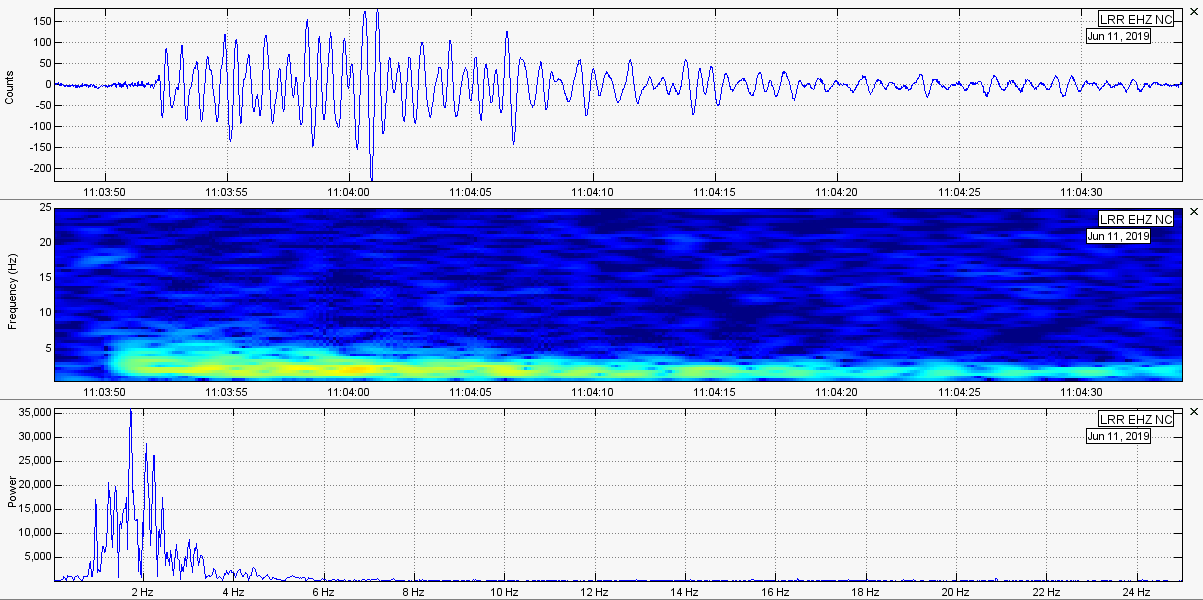
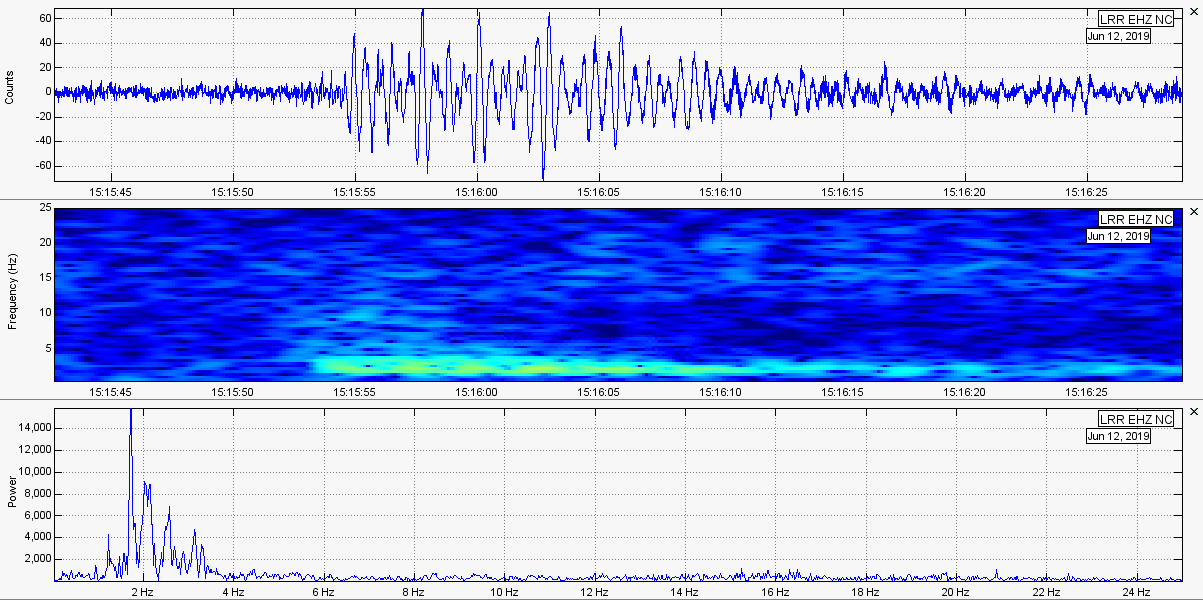
 RSS Feed
RSS Feed